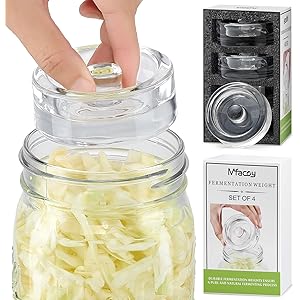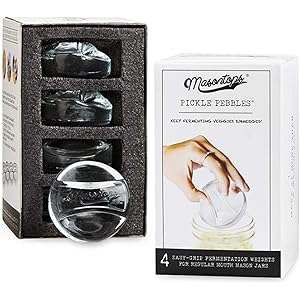Understanding Yeast Infections
Yeast infections, primarily caused by the fungus Candida, are common and can affect various parts of the body, including the mouth, skin, and vagina. Recognizing the symptoms early is crucial for effective treatment. Symptoms often include itching, burning, and unusual discharge, which can lead to discomfort and distress if left untreated.
Best Way to Treat Yeast Infection: Over-the-Counter Options
One of the best ways to treat a yeast infection is through over-the-counter antifungal medications. These treatments, such as clotrimazole and miconazole, are readily available at pharmacies and can effectively eliminate the infection. It is essential to follow the instructions on the packaging for optimal results and to complete the full course of treatment to prevent recurrence.
Prescription Medications for Severe Cases
In cases where over-the-counter treatments are ineffective, consulting a healthcare provider is advisable. Prescription antifungal medications, such as fluconazole, may be necessary for more severe or recurrent yeast infections. These medications are typically taken orally and can provide a more robust solution for persistent infections.
Home Remedies: Natural Approaches
Many individuals seek natural remedies as a complementary approach to treating yeast infections. Options such as coconut oil, garlic, and probiotics are popular among those looking for holistic solutions. While some studies suggest these remedies may help, it is essential to consult with a healthcare professional before relying solely on home treatments.
Maintaining Vaginal Health
Preventing yeast infections is often as important as treating them. Maintaining good vaginal health can significantly reduce the risk of future infections. This includes wearing breathable cotton underwear, avoiding douches and scented products, and practicing good hygiene. Staying hydrated and maintaining a balanced diet can also support overall health.
Get more content like this!
Sign up to receive updates and new terms first hand.
The Role of Diet in Treatment
Diet plays a crucial role in managing yeast infections. Reducing sugar intake can help starve the yeast, as sugar promotes its growth. Incorporating foods rich in probiotics, such as yogurt and kefir, can also support a healthy balance of bacteria in the body, potentially preventing future infections.
When to Seek Medical Attention
It is vital to know when to seek medical attention for a yeast infection. If symptoms persist despite treatment, worsen, or if you experience recurrent infections, it is essential to consult a healthcare provider. Additionally, pregnant women and individuals with compromised immune systems should seek professional advice promptly.
Understanding Risk Factors
Several risk factors can contribute to the development of yeast infections. These include antibiotic use, hormonal changes, diabetes, and a weakened immune system. Being aware of these factors can help individuals take proactive measures to reduce their risk and seek timely treatment when necessary.
Importance of Follow-Up Care
After treating a yeast infection, follow-up care is crucial to ensure the infection has been fully resolved. If symptoms persist, further evaluation may be necessary to rule out other underlying conditions. Regular check-ups with a healthcare provider can help maintain overall health and prevent future infections.
Conclusion: Empowering Yourself Against Yeast Infections
Understanding the best way to treat yeast infections empowers individuals to take control of their health. By being informed about treatment options, preventive measures, and when to seek help, individuals can effectively manage and reduce the impact of yeast infections on their lives.




